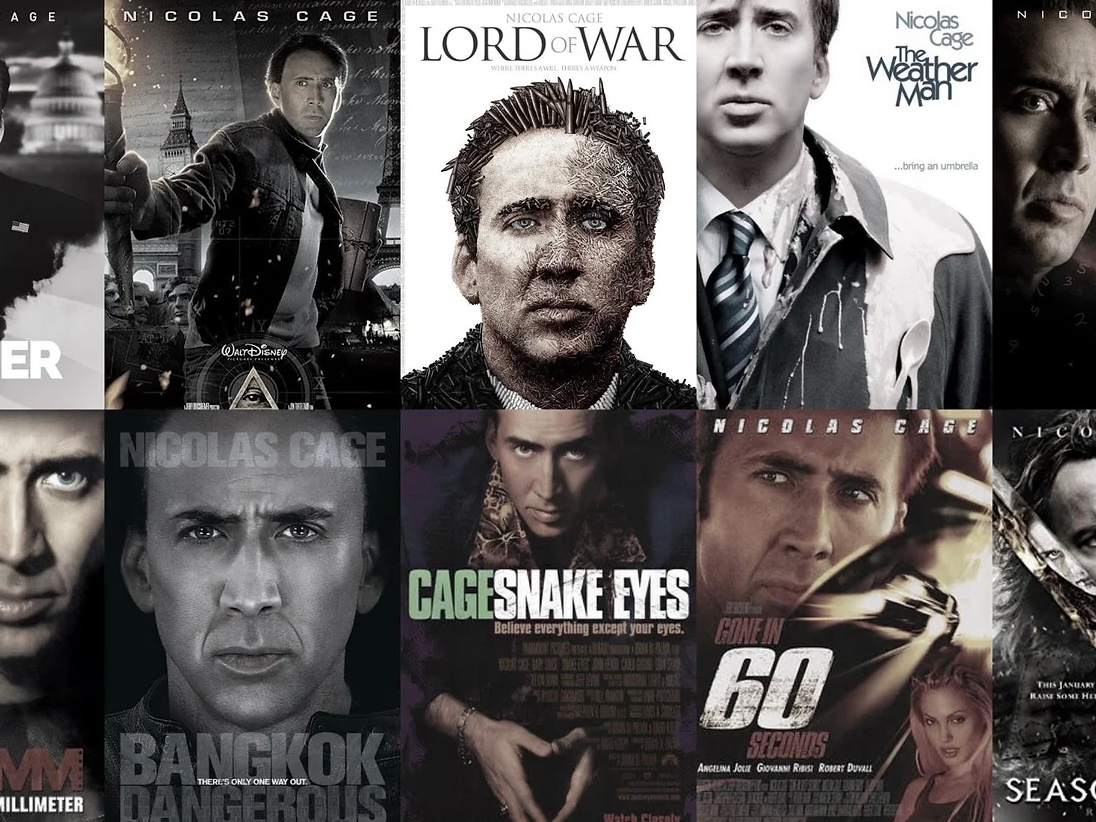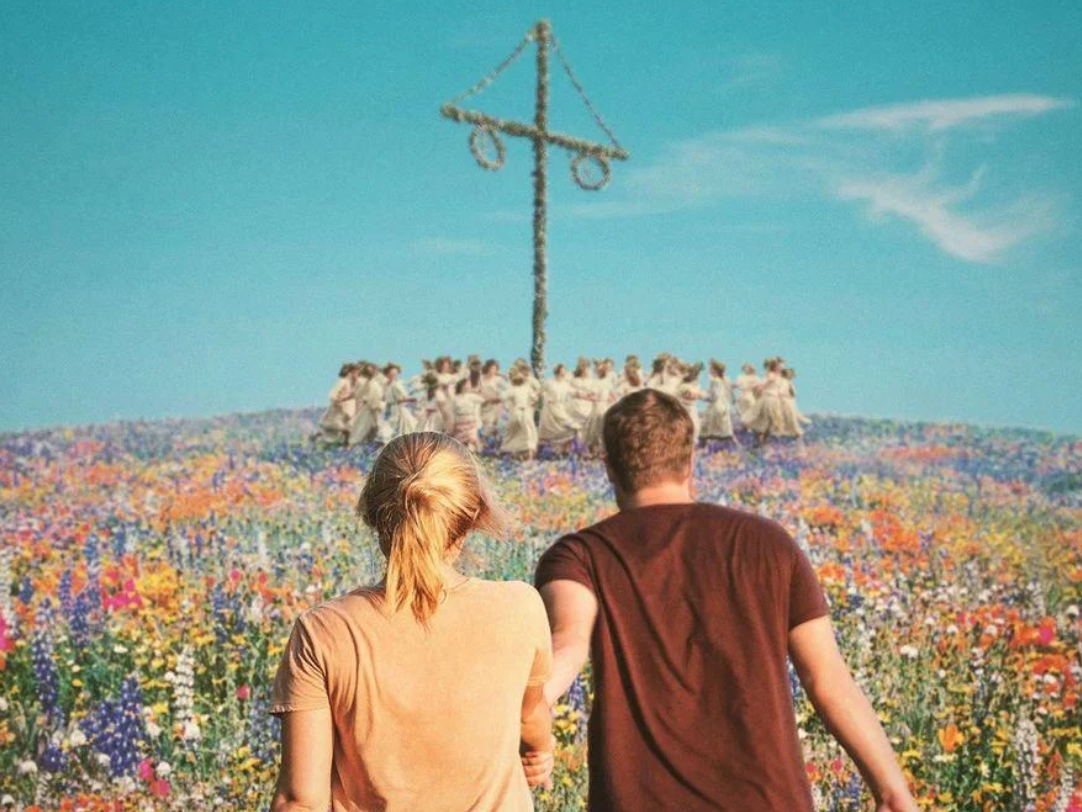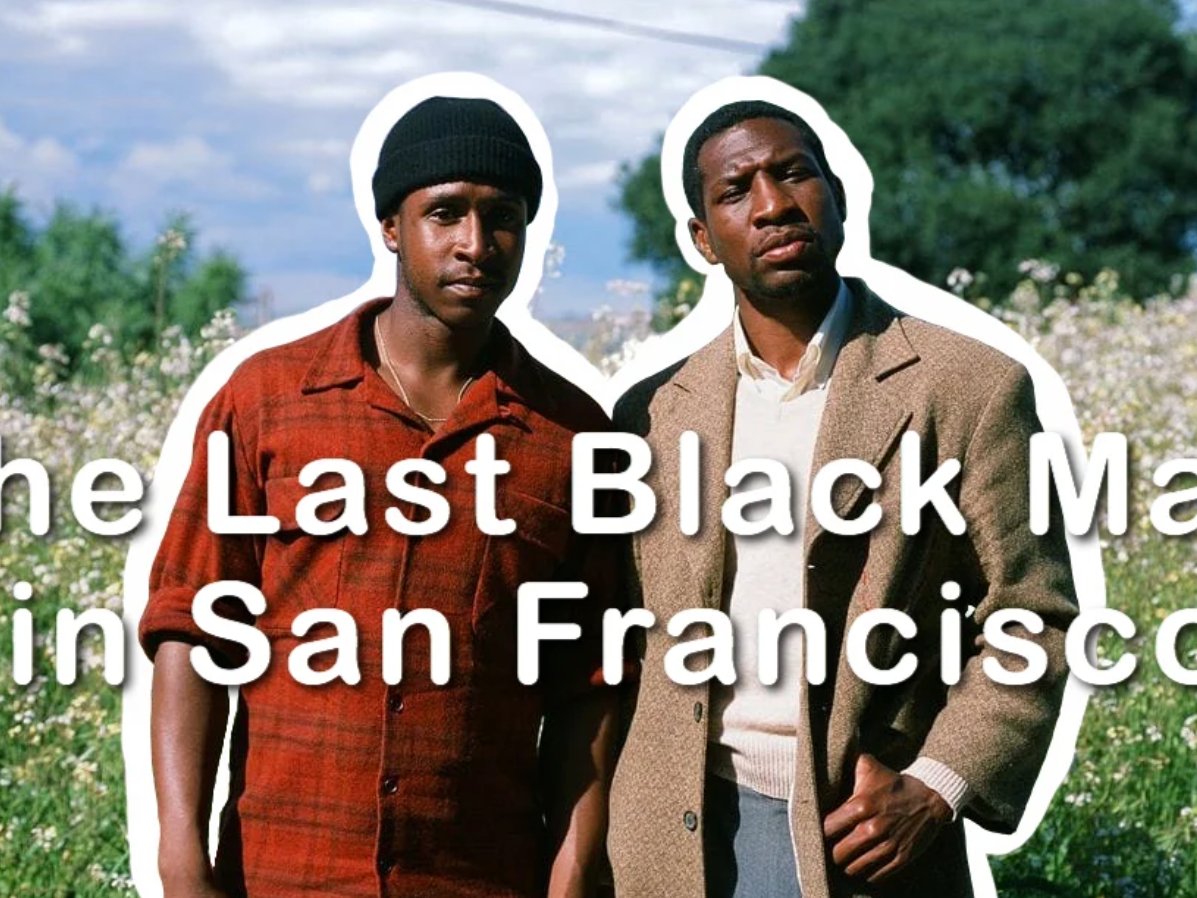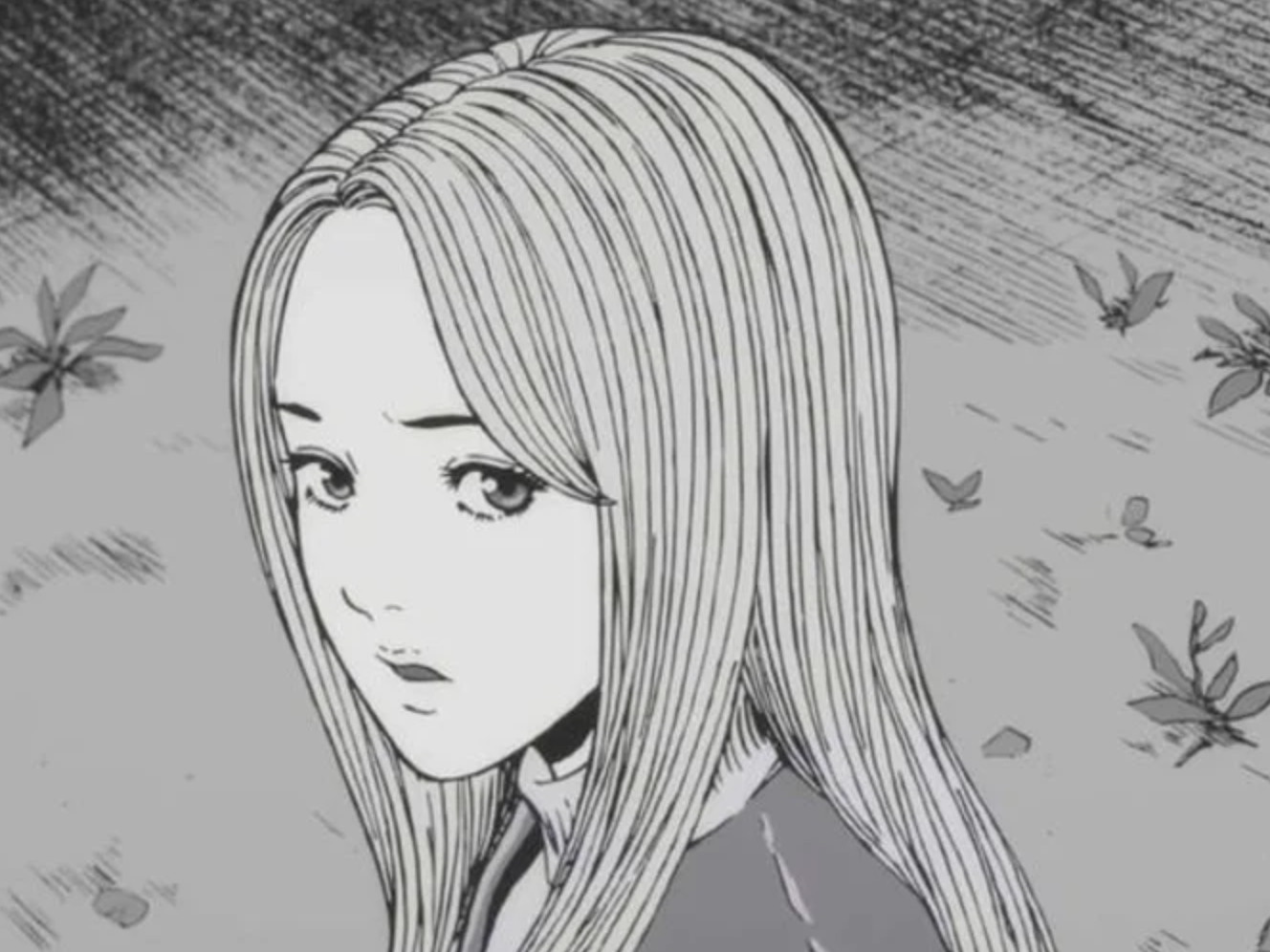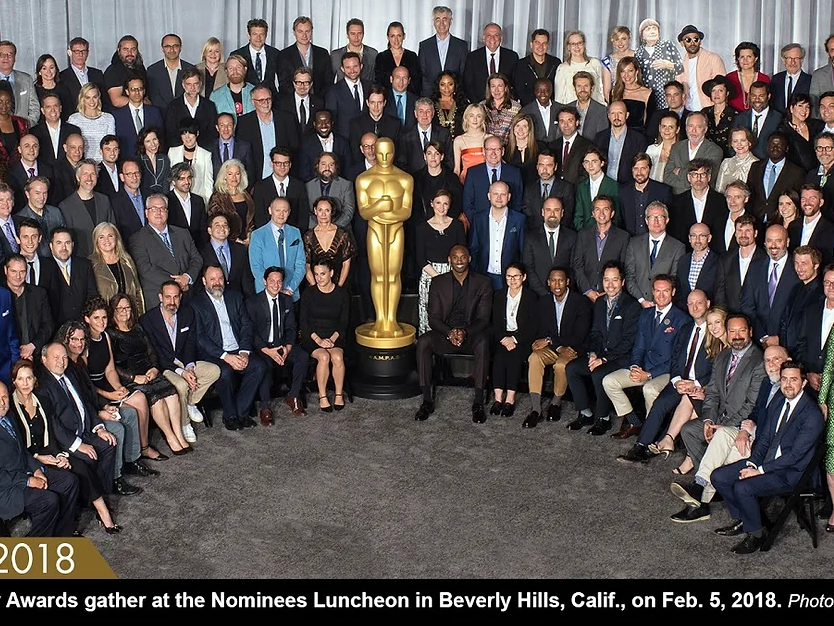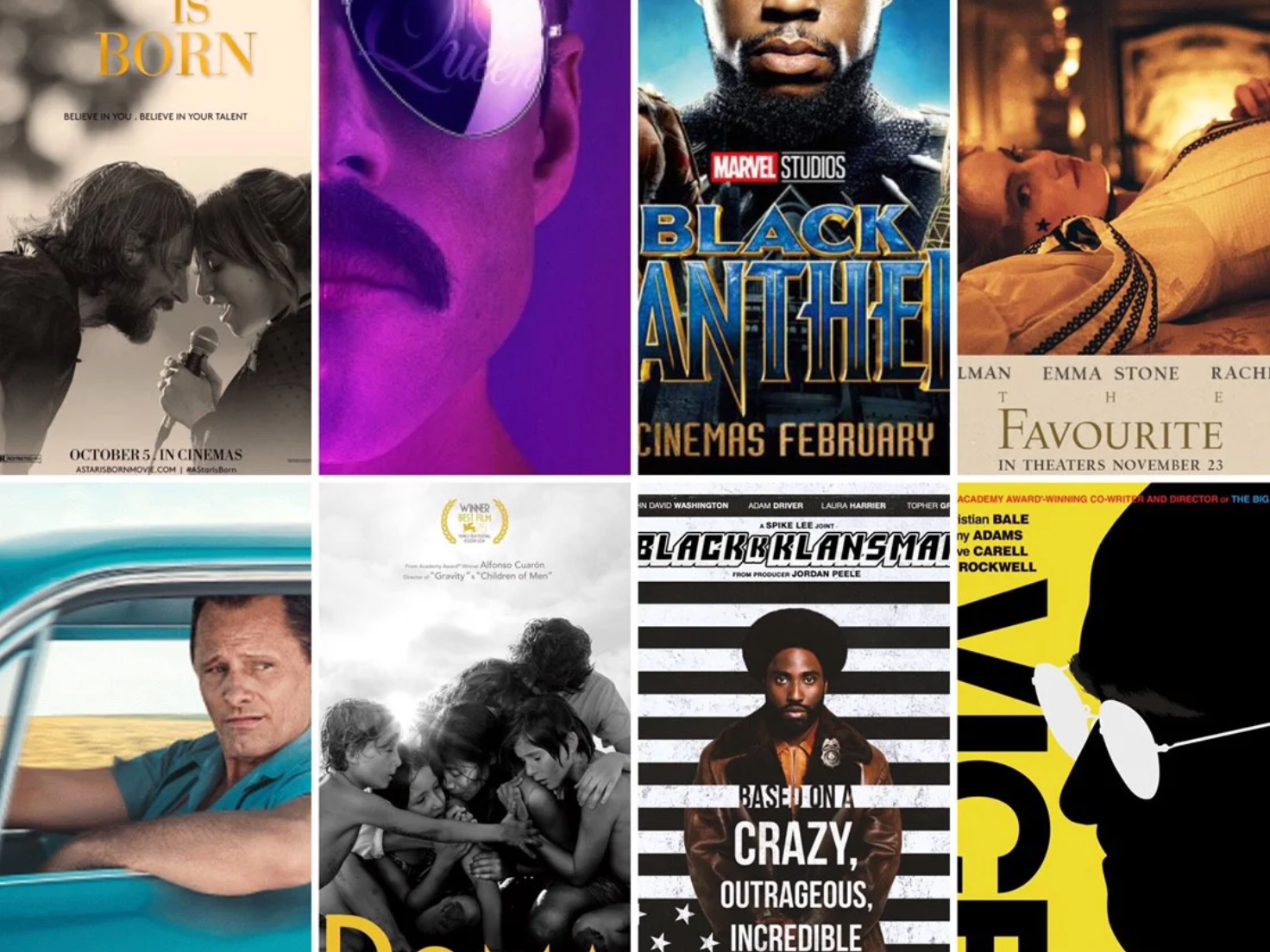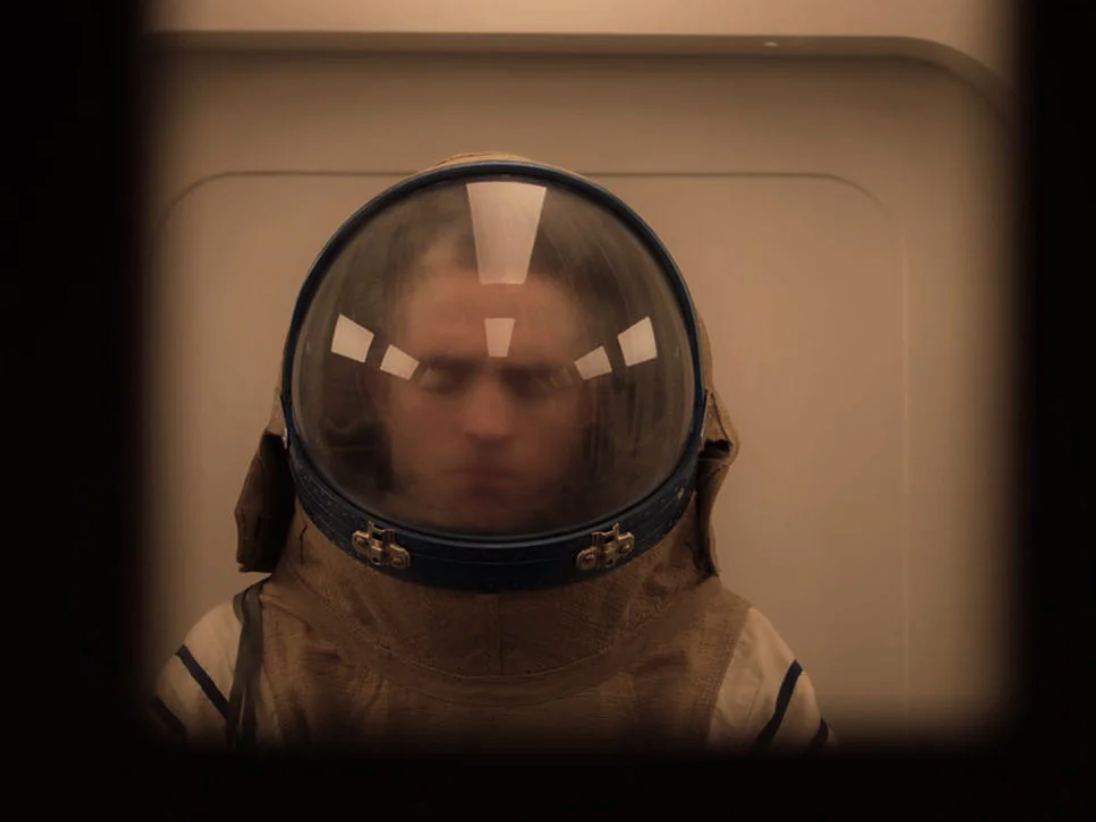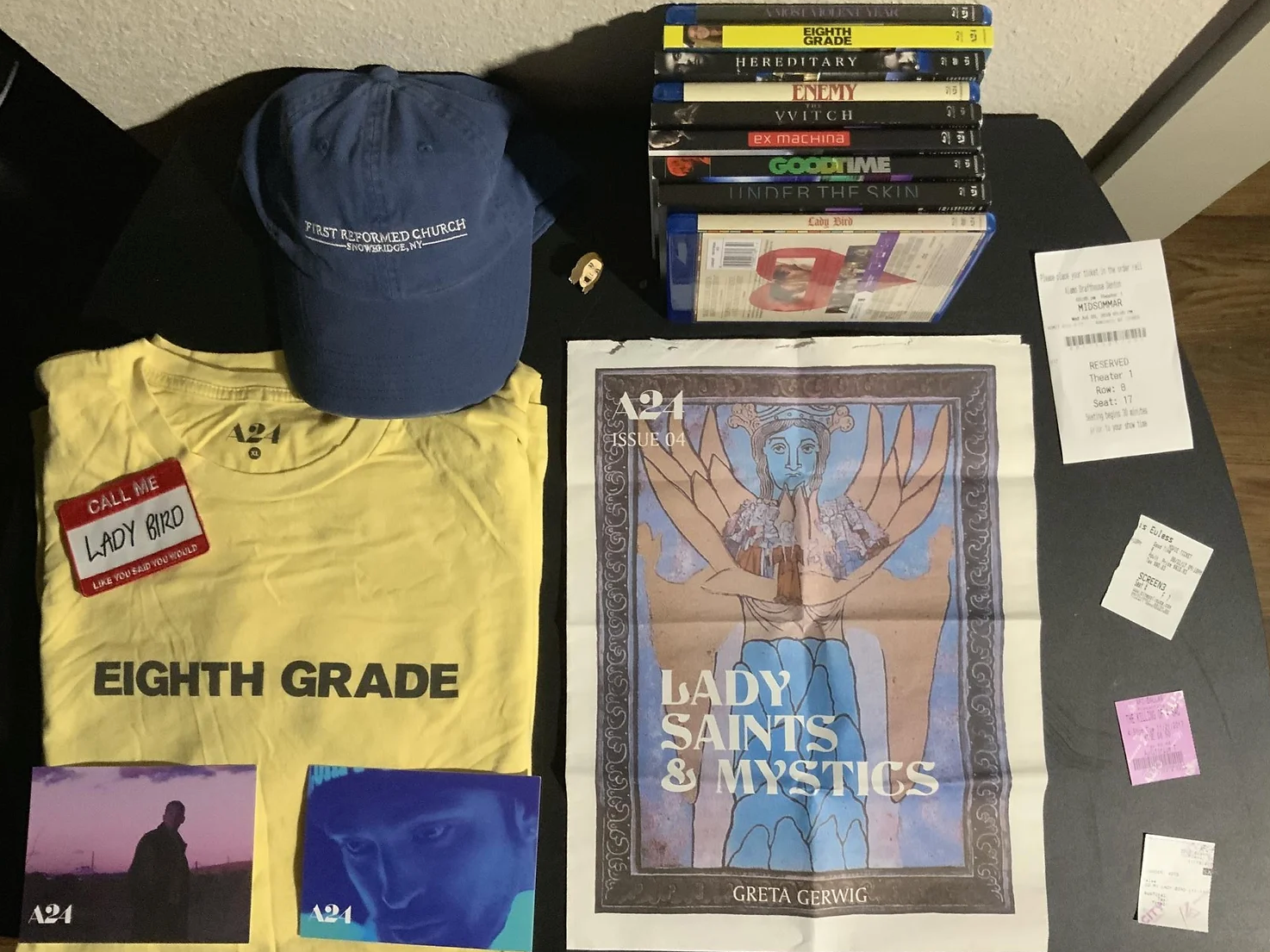His works and their distinct style are very iconic, his legacy is decades-long, but many people do not know the artist behind them; Hayao Miyazaki is the animator, filmmaker, author, artist, and screenwriter behind a lot of the films that have spread beyond the borders of Japan and helped create a worldwide positive reputation behind the animation studio he helped to create, Studio Ghibli. The studio’s films, especially the ones created by Miyazaki, have gone on to receive great acclaim, both domestically and globally. Miyazaki himself, within film and animation communities, has also received great praise and accolades from different institutions like the Japanese Government with their naming of him as a Person of Cultural Merit for his cultural contributions, The Academy of Motion Pictures Arts and Sciences recognized him with an Academy Honorary Award for his impact on animation and cinema, and numerous other awards from different organizations like the Tokyo Anime Awards and the Venice Film Festival. Famed American film critic Roger Ebert even went so far as to say that Miyazaki may be the best animation filmmaker in history. Numerous artists and creators all over the world have cited Miyazaki and the worlds, characters, and stories that he has created as having major influences on themselves and their work: artists like Guillermo del Toro, Steven Spielberg, Wes Anderson, Mamoru Hosoda, Jennifer Lee, and many more. The influence and legacy are undeniable, and his long career that extends even into today should be appreciated and reflected upon.
Miyazaki was born in 1941 and at an early age, he experienced multiple evacuations as a result of World War II bombings in his area. During his schooling Miyazaki wanted to become a manga artist but felt he was not the best at drawing people, instead, he mostly drew planes and tanks. Even though he felt insecure about his talent he still drew and in high school, he was greatly impacted by the Japanese animation film Panda and the Magic Serpent (1958), the first color Japanese animation film. Seeing this Miyazaki developed a great interest in animation that went beyond his affection for traditional drawing and comics. Following high school, Miyazaki attended Gakushuin University and graduated in 1963 with degrees in political science and economics, but during his period there he maintained his interest in drawing and animation. He was a member of the “Children’s Literature Research Club,” a sort of comics club, and in his free time, he would visit his art teacher from middle school, sketching in his studio while also discussing politics, life, and drinking.
After graduating he began working for Toei Animation, a now world-renowned animation studio that was in its infancy at the time. Miyazaki worked as an in-between artist (an animator that did the drawings to place between keyframes in the animation to create the illusion of motion) for the film Doggie March (1963), the television anime Wolf Boy Ken (1963), and the film Gulliver’s Travels Beyond the Moon (1964). While he worked in this period he also became the chief secretary of Toei’s labor union, and later he would work as a chief animator, concept artist, and scene designer for the film The Great Adventure of Horus, Prince of the Sun (1968). The film has been highly praised and is seen as an important work in the history of animation. Director of the film, Isao Takahata, would collaborate with Miyazaki more in the future and help to create Studio Ghibli. Before he left the studio in 1971 Miyazaki wrote and illustrated several different manga series while also working on key animations and character designs for several different films. Following his time at Toei he would work multiple different animation studios and would create some lasting works: he directed the anime series Lupin the Third Part I with Takahata, designed storyboards for a series based on the Pippi Longstocking books, designed and animated multiple shorts that Takahata would direct, and worked on scene design and organization for an animated television version of Anne of Green Gables.
In 1979 Miyazaki moved to Telecom Animation film and directed his first feature animation film, Lupin the Third: The Castle of Cagliostro (1979). The film was met with high praise and today is regarded as the most popular and well-regarded work to adapt the Lupin III manga series. Readers of Animage, a Japanese entertainment magazine, voted the film as “the best anime in history.” Around this time Miyazaki met with Toshio Suzuki, a Japanese film producer and future president of Studio Ghibli, and another editor. They discussed some of Miyazaki’s envisioned animation projects, and eventually, multiple collaboration projects were proposed. The first that came into fruition though was the manga Nausicaä of the Valley of the Wind. The manga would run from 1982 to 1994, and in 1984 he would release the film adaptation. The film would be met with great critical acclaim and success, and many would cite it as one of Miyazaki’s most critical films that would help cement his reputation as an animator in the industry. The film is considered by many to also possess some of the themes that would be seen in later Miyazaki films: positive portrayals of women as well as environmental and anti-war themes.
After the success of the film and manga, Miyazaki was able to establish his own animation production company, Studio Ghibli. The name was created by Miyazaki, who chose the Italian word “ghibli” which referred to the hot desert winds in the Middle-East. He chose this because he thought that the studio “would blow a new wind through the anime industry.” In 1985 the studio would be created with Isao Takahata, Toshio Suzuki, and Yasuyoshi Tokuma (the founder of Tokuma Shoten, a publisher who had previously published Miyazaki’s graphic novel). With the same production crew as Nausicaä, the studio officially created and released their first film Laputa: Castle in the Sky (1986). Miyazaki says that the design of the film was inspired by the Welsh mining town he witnessed that was in the middle of a mining strike during his first visit to Wales. The film is considered a success on all fronts, and set the standard for the kinds of films that Studio Ghibli would be releasing; ones that have rich stories that are only matched by their smooth and beautiful animation.
Still in their infancy, to maintain their financial status, the Studio released two films in 1988, Grave of the Fireflies from Takahata and My Neighbor Totoro from Miyazaki. The two films were moderately successful, but most of this was from the merchandising of the characters from Miyazaki’s film. The titular character Totoro was very distinct and iconic, so merchandising for that character came very easily. Merchandise for the character continues to today, and the character’s silhouette even became a part of the Studio Ghibli logo. Licensed merchandising sales for products related to the film have added up to over $1 billion. Though the film had an initial sad showing at the box office it received worldwide praise from viewers and critics. The film also continues the themes and ideas that would define many of Miyazaki’s films in the years to come; they are very fantastical stories that are grounded by their real human characters and the emotional journeys that they go through.
Studio Ghibli and Miyazaki would continue to create works that reach audiences and critics all over the world. Throughout this time Miyazaki would also occasionally write films that others would direct for the studio The films that are Miyazaki wrote and directed following Totoro are Kiki’s Delivery Service in 1989, Porco Rosso in 1992, Princess Mononoke in 1997, Spirited Away in 2001, Howl’s Moving Castle in 2004, Ponyo in 2008, The Wind Rises in 2013, and his next project How Do You Live? is expected to be released next year before the 2020 Summer Olympics in Tokyo. Princess Mononoke was the first Studio Ghibli film to receive a large theatrical distribution in the United States and was the first film for a lot of the world that was unfamiliar with Studio Ghibli films. The film was also the first animated film to win Best Picture in the Japan Academy Prize. His next film Spirited Away was conceived when he released that he had not made a film for young girls with a character that they can understand and look up to. The film would again win the Best Picture at the Japan Academy Prize and would also win the Academy Award for Best Animated Feature in the U.S. The film also became the highest-grossing film in Japan.
Throughout his career Miyazaki has been very passionate and personal with the films he creates, thinking about what he wants to create as well as how the audiences will relate to the works. Many times he has “retired,” even as far back as in the 90s after the release of Princess Mononoke, but he always ends up returning. He came out of retirement recently to begin work on his next film as a tribute to his grandson and as his way of saying to him “Grandpa is moving onto the next world soon but he is leaving this film behind because he loves you.” Miyazaki has been outspoken in his criticism of the anime industry as being incredibly unrealistic in their depictions of humans and has also been a vocal critic of war: both Japan and Prime Minister Shinzō Abe's denial of Japan’s past military aggression and the United States involvement in the invasion of Iraq. These same ideas can be seen when reflecting over all of his films, along with the themes of environmentalism, feminism, and the idea of love and family. Miyazaki has also brought these ideas into his real-life where he is critical of the overconsumption and excess industrialization of Japan. Miyazaki’s ideas are very grounded and rooted in the reality that he learned to appreciate when he was growing up during the war, and his legacy expresses just that. The impact he has had on animation, film, character design, and storytelling is undeniable and should be appreciated and recognized more so than it already is. With how much both his and Studio Ghibli’s films have crossed international boundaries to find the audiences of today, that time for recognition might be coming soon.
